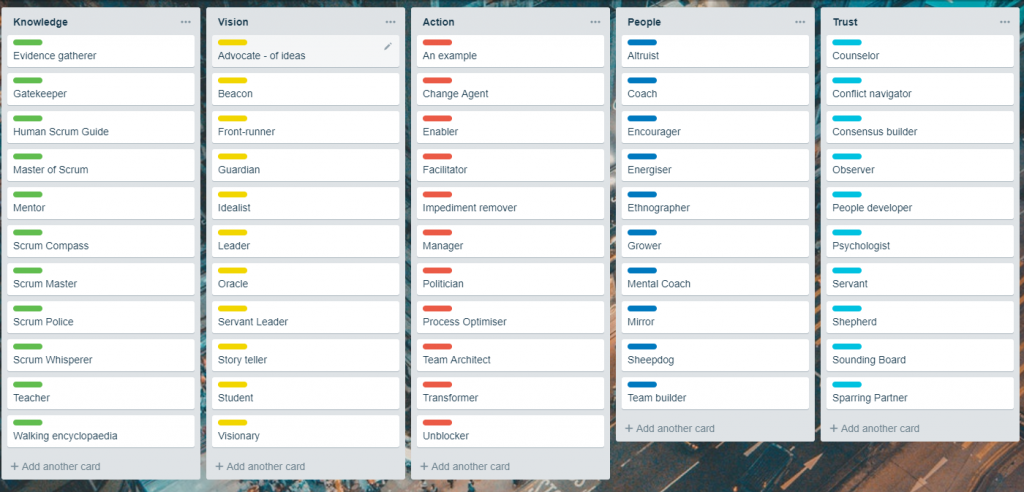- Tell me about a time you had to change your
behavior to get things done in an organization or project. - Can give you an example of a situation where you had to motivate your colleague(s) to get something done?
- Tell me about a time you had to be creative to solve an issue.
- Describe a situation where you preferred to delegate something back to your manager.
- Give an example of a project where the goals were not clear and describe how you handled the situation.
- Tell me what you did to become a better professional last year.
- Tell me about a time when you had to rely on written communication to get your ideas across to your team.
- Give an example of how you contributed to
an improvement . - Tell me about a situation where you used visuals to explain something complex.
- Share an example where you stole an idea and tweaked it become useful for you.
- Describe how you apply feedback cycles in your work, and how you shorten them.
- Tell me a situation where you were not motivated and how you handled the situation.
- Describe a situation in a team, where you as a team had to come to an agreement.
- Can you give an example where you had to act not in line with the company/team values?
- Describe a situation where you helped someone else to become a better professional.
- Tell me about a situation where you helped someone in your team or organization not related to your profession.
- Describe an experiment you did at work.
- Tell me about a situation where the purpose of the organization was not in line with you as a person.
- Give an example of how you made a difference in a meeting.
- Describe a situation where you contributed to strengthening the relations within a team.
- Describe a situation where you contributed to strengthening the relationships between teams.
- Tell me about when you gave a compliment to a team member.
- What have you done recently that helped someone be happier in his or her job?
- Tell me about the last time you provided feedback to team members.
- Give an example of a situation where did management activities.
These questions have been copied from this article: https://management30.com/practice/star-behavioral-interview-questions/


